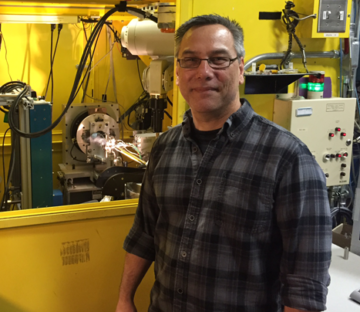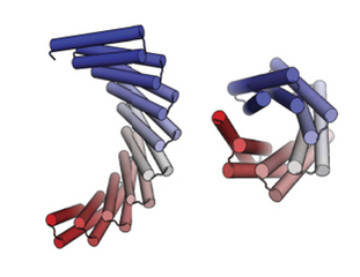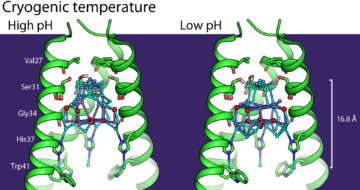Jay Nix started started the user program at Beamline 4.2.2 back in 2004, shortly after the Molecular Biology Consortium built the beamline. The macromolecular crystallography beamline is a little different than most at the ALS because it’s privately managed by a consortium of 10 Midwest universities that pooled their money together to build the beamline, and now continue to do so to maintain it. Nix serves about 50 labs, around 200 users, mostly remotely. Read more »
ALSNews Vol. 371
APRIL 14, 2016
A New Universal Parameter for Superconductivity
Scientists have been researching high-temperature (high-Tc) superconductors for decades with the goal of finding materials that express superconducting capabilities at room temperature, which would be a requirement for practical and cost-effective applications. The newest materials to gain scientific interest are iron-based superconductors, and the latest research from the ALS on these materials indicates a new factor that determines their superconductivity. Read more »![]()
![]()
Exploring the Repeat-Protein Universe
Researchers have published a landmark study that used both crystallography and SAXS to validate computationally designed structures of novel proteins with repeated motifs. The results show that the protein-folding universe is far larger than realized, opening up a wide array of new possibilities for biomolecular engineering. Read more »![]()
![]()
Missing Oxygen Atoms Are Key to Robust Spintronic Material
Researchers studied In2O3:Fe, a promising spintronic material, to determine what leads to its surprisingly robust magnetic properties, how to optimize it, and what to look for in other candidate spintronics materials. Read more »
Superlattices Patterned by Polymers
Scientists have shown that self-assembled superlattices, made up of nanoparticles with polymer chains grafted onto their surfaces (“hairy nanoparticles,” or polymer “brushes”), can be tailored to exhibit desired characteristics for applications ranging from nano- to biotechnology. Read more »
On the Way to Unlimited Energy
With the help of four different ALS beamlines, scientists were able to understand and improve the morphology of the main device structure in organic photovoltaic cells. Read more »![]()
Improving Anti-Influenza Medications
Protein crystallography at ALS Beamline 8.3.1 helped scientists understand the M2 proton-channel structure from the influenza A virus, an understanding that is needed to design better anti-influenza medications. Read more »






